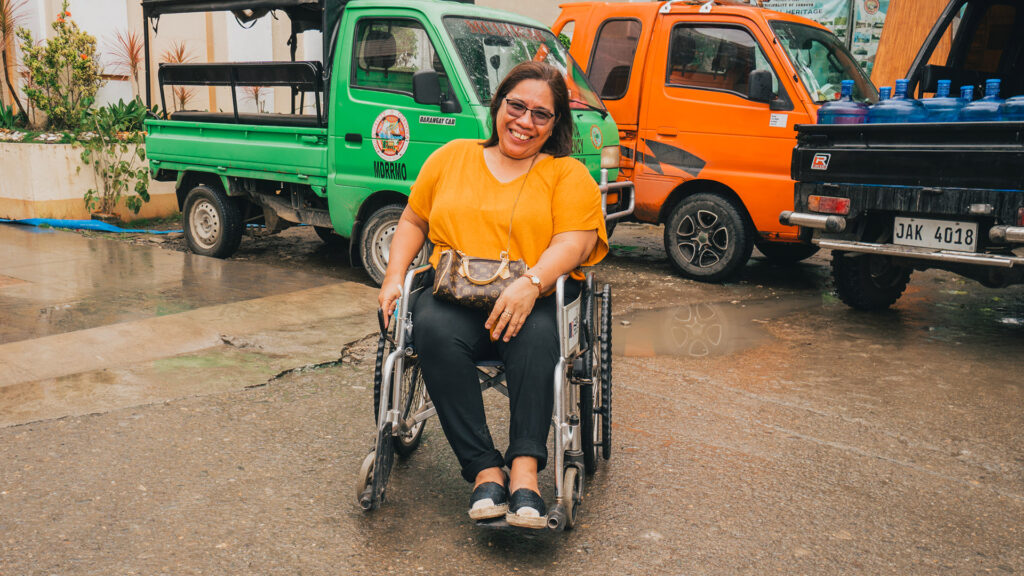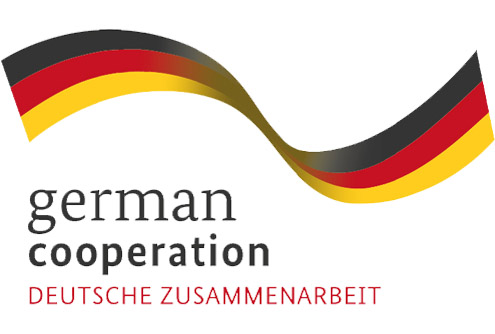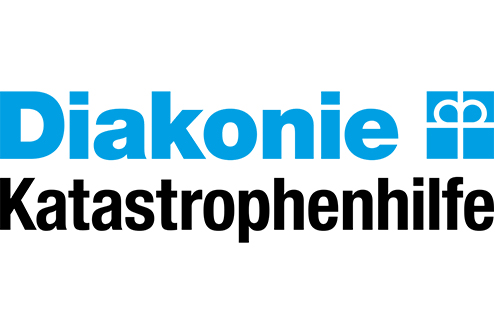Key steps in stage two
1. Risk-informed development task force
The first step is to initiate discussions for the formation of a risk-informed development task force composed of members from the community. This taskforce should be gender balanced, include representatives of the most at risk groups and be supported by civil society organisations (CSOs).
Leverage on already existing community organisations, communication channels or modes of operation within a given community or region is important, as well as the role of the task force to mobilise the rest of the community. Consider sub-groups with key responsibilities, i.e. in research or in budgeting roles, if there are many people willing to help coordinate the process.
2. Stakeholder collaboration
Next, initiate collaboration with other stakeholders. Consider other stakeholders that could collaborate with the process. These groups could include other CSOs or groups from the area, private sector actors, media, community-elected leaders, academia, local researchers, and institutions for education, planning, development and technology, etc. Consider formalising collaboration with these groups.
3. Co-creation of process
Initiate detailed discussions with the community to co-create and evolve the details of a risk-informed development planning process that suits their context. Communities most at risk themselves can be flag bearers of the process. They should be able to explain the process, aligning it with their community context and take broad decisions on how to carry out each stage.
Consider preparatory tasks, leadership roles for different aspects, how to communicate with and operate at the convenience of all members, and outline what support is required by CSOs.
4. Quick risk estimation
If, amongst all risk drivers, certain risk drivers are more prominent or resonate more with the communities most at risk, take measures to orientate and focus risk-informed development efforts accordingly.
The quick risk estimation tool is a multi-stakeholder engagement process to establish a common understanding of risk. The tool can be used to identify and understand current and future risks, stresses, shocks and exposure threats to both human and physical assets.
5. Co-design a data gathering plan
An agreement on how to gather data, when to gather data and who should be involved in the data gathering process should be discussed and agreed with the community members. If necessary, this can be a closed group discussion with those appointed by the taskforce for the purpose.
6. Co-create a data hub
A data hub is a virtual or physical storage point for relevant data which has been collected with the communities most at risk or via secondary sources. They should be stored in an organised manner so that it can be accessed at any time by the community members and civil society groups involved in the process. If viable, explore scope for collaboration with data management experts or local government data centres to develop the data hub (Usually local governments have emergency operating centres which keep data).
There are four sets of relevant data that need to be stored:
- Local community data
- Secondary data (which will be gathered from open sources, local government units, studies and reports, experts, etc.)
- Observations on contextual aspects of geophysical susceptibility to various hazards
- Data calendars: monthly and annual data calendars could be used to communicate and inform the community about various aspects of hazards, vulnerability and building resilience
7. Capacity strengthening
Strengthen capacity in maintaining a data hub and a community-led risk monitoring mechanism. This is to ensure the data hub remains active, updated and information analysed is on a regular basis to highlight changed or emerging risks. Ideally, it should be managed by community members within the locality.
To ensure this takes place, consider:
- Capacity strengthening of community members to carry out the task
- Clarity about what information to gather
- Clearly defining tasks and roles for community members involved
- Keeping a monthly record of the tasks taken up for risk monitoring
- Continued tracking to capture time-based variations (seasonal, monthly etc.) and dynamically evolving conditions
8. Wider communication
Communicate with the rest of the community members about the newly established data repository and data gathering method, to seek individual cooperation and contribution.



